විදුලි ට්රක් රථ දැනුම
Is Gear Shifting Really Not Suitable for Electric Vehicles?
පළ කරන ලදි විසින් විදුලි ට්රක් රථ
The smooth acceleration of electric vehicles is attributed to the absence of a transmission. කෙසේ වෙතත්, the lack of a transmission also leads to significant power consumption at high speeds, greatly reducing the battery range during such driving conditions. So, is there a way out of this predicament?
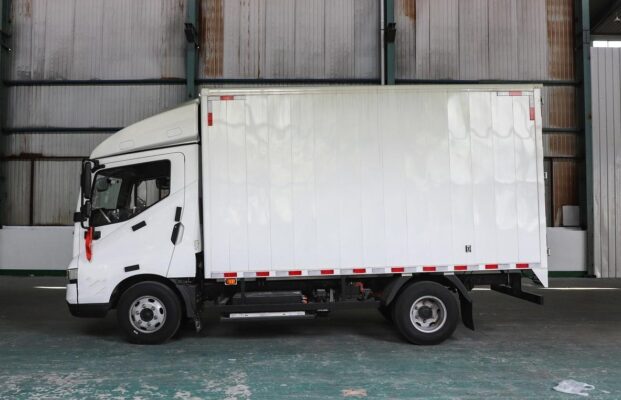
Some might suggest installing a transmission in electric vehicles. But from low-end mini electric models to top-tier ones like the Tesla Model X, they typically come with single-speed reducers instead of traditional multi-speed transmissions. Is it truly the case that transmissions are incompatible with electric vehicles?
In fact, no. It’s entirely feasible to equip an electric vehicle with a transmission. For instance, certain trucks and specialized training vehicles for driving schools can even be outfitted with manual transmissions.
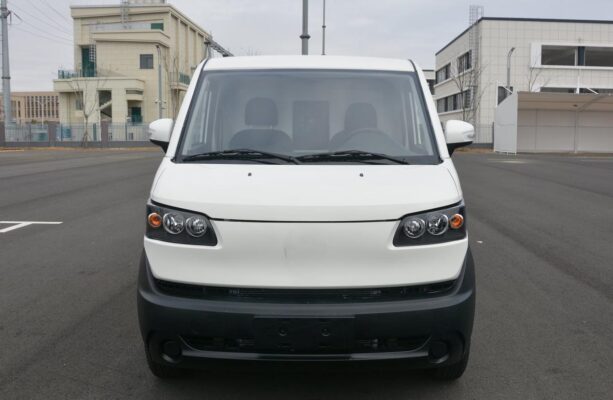
When Tesla was developing its first-generation Roadster model, it was initially equipped with a 2-speed gearbox. Back then, mainstream transmission suppliers like Aisin, ZF, and BorgWarner didn’t have products tailored to the characteristics of electric motors. එපමණක්ද නොව, the sales volume of a single electric vehicle alone couldn’t justify the cost of developing new products. As a result, suppliers weren’t inclined to develop a bespoke one. අවසානයේදී, Tesla had to undertake the production itself.
කෙසේ වෙතත්, the technical hurdles of automatic transmissions are incredibly high. It’s not something a new automaker can master within just a few years. The transmissions produced by Tesla itself consistently grappled with issues related to reliability and durability. Thus, in the subsequent Model S, Tesla abandoned it and opted for a straightforward single-speed reducer as the transmission system.
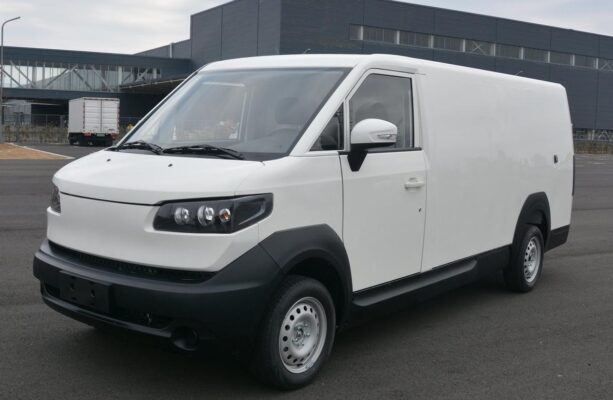
Compared to traditional engines, electric motors boast a broader output range. They can nearly output all the torque at an extremely low rotational speed and maintain good power efficiency across most rotational speed ranges. This is why most electric vehicles adopt single-speed transmissions for power transmission, eliminating the need for the multi-gear setups seen in traditional internal combustion engine vehicles.
Let’s take a look at the comparison of the power output curves of fuel engines and electric motors. The motor can sustain the maximum torque output from 0 rpm until it reaches a base point of approximately 1500 rpm, simultaneously achieving the maximum power output. Up to the maximum rotational speed, it remains in a constant power output state and consistently maintains the maximum power output. A higher base speed implies higher motor efficiency in the medium and high-speed rotational speed range, but it comes with a smaller maximum torque output, affecting acceleration performance. A lower base speed leads to a higher maximum torque, resulting in rapid acceleration, but it increases high-speed energy consumption and impacts the battery range.

Due to factors such as incomplete charging facilities and lengthy charging times, current electric vehicles are predominantly utilized for short distances and urban commutes. Therefore, the reducer gear ratios of mainstream electric vehicles are designed to be suitable for medium and low-speed driving, essentially “sacrificing” some high-speed driving capabilities. As a consequence, even a potent model like the Tesla Model S has a lower top speed compared to fuel sports cars of the same price, in addition to higher power consumption at high speeds.
In the evolving landscape of automotive new energy transformation, electric vehicles are constantly improving. අවසානයේදී, they will fully meet our current driving requirements. For instance, the recently launched Porsche Taycan innovatively incorporated its self-developed two-speed automatic transmission on the rear axle, with gear ratios of 1st gear at 10.5 and 2nd gear at 7.0.
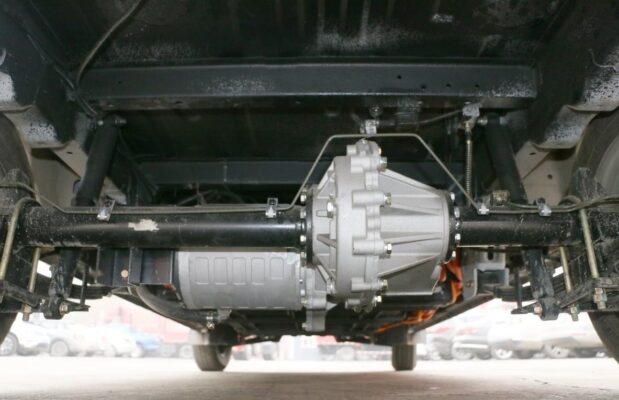
Compared to a single-speed reducer, a two-speed gearbox can reduce the acceleration time from 0 to 60 miles/hour by 0.3 seconds, the acceleration time from 100 to 150 miles/hour by 1.4 seconds, and increase the battery range by 0.3%. Thus, the primary reason for the Porsche Taycan to be equipped with a two-speed automatic transmission is to enhance high-speed performance. In the actual comparative test conducted by the Topgear program, the Porsche Taycan emerged victorious in all five races across the three metrics of 0-60 miles acceleration, 0-100 miles acceleration, and 400-meter acceleration against the Tesla Model S.
As one of the world’s most prominent transmission suppliers currently, ZF from Germany previously released a two-speed transmission specifically designed for electric vehicles. It effectively boosts the operational efficiency of electric vehicles without occupying excessive space within the vehicle. This transmission unit from ZF integrates the motor and reducer and features two gear ratios. Structurally, it’s simpler than the two-speed transmission of the Porsche Taycan, but ZF has equipped it with a more comprehensive shifting logic.
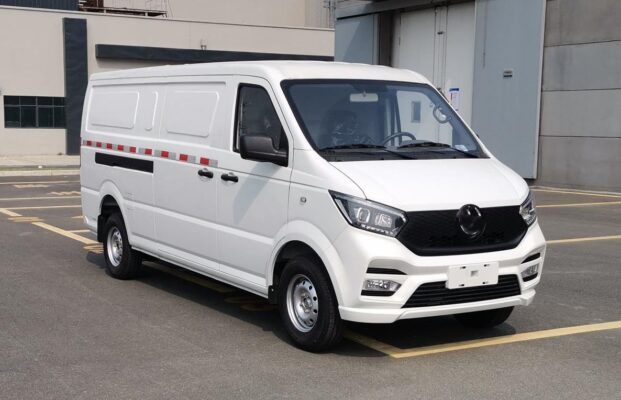
With an additional gear, ZF asserts that it can enhance the vehicle’s efficiency during driving. Compared to the traditional single-speed transmission structure, it can increase the battery range by 5%. Automakers can also equip a smaller-capacity battery for this reason, reducing the vehicle’s weight. Not only in terms of efficiency, but the additional gear from ZF can also raise the top speed of electric vehicles, addressing the disadvantage of many electric vehicles in terms of top speed while ensuring low-speed acceleration performance.
To sum up, it’s not that transmissions are incompatible with electric vehicles; rather, it’s a matter of cost considerations. කෙසේ වෙතත්, with the increasing prevalence of electric vehicles, it’s anticipated that more established transmission enterprises will invest in research and development to create transmissions more tailored to economy cars and eventually enable the motor to operate efficiently in various working conditions.
The development of electric vehicle technology is an ongoing process. As research and innovation continue, we can expect more advanced and efficient transmission solutions to emerge. These advancements will not only enhance the performance and range of electric vehicles but also contribute to their wider acceptance and integration into our transportation ecosystem.
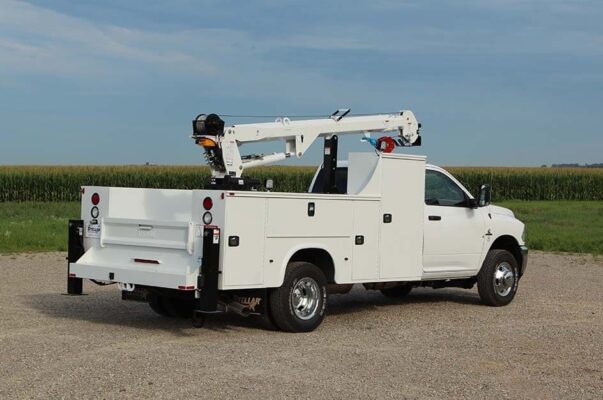
අනාගතයේ දි, perhaps we’ll witness transmissions in electric vehicles becoming as common and sophisticated as those in traditional fuel vehicles. This could lead to a new era of electric mobility, where range anxiety is significantly reduced, and the driving experience is further optimized. එපමණක්ද නොව, with the integration of smart technologies and artificial intelligence, transmissions might adapt and adjust in real-time based on driving conditions and driver preferences, offering a personalized and seamless driving experience.
The possibilities are endless, and as the automotive industry continues to evolve, the boundaries of what’s achievable with electric vehicle technology are constantly being pushed. It’s an exciting time, and the future holds great promise for a more sustainable and efficient transportation landscape driven by electric vehicles.